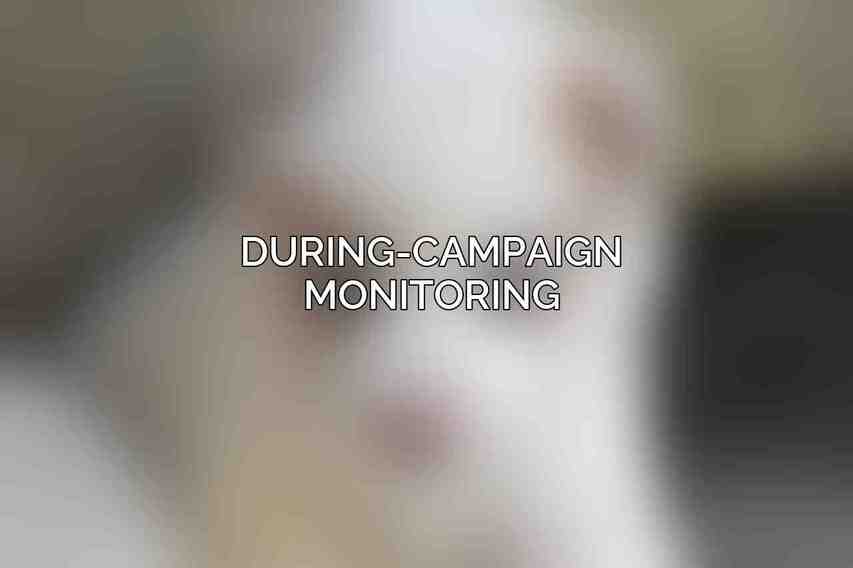analyzing email campaign performance is crucial for businesses seeking to maximize the impact of their marketing efforts. Understanding how well your email campaigns are performing allows you to make data-driven decisions that can ultimately lead to higher engagement, conversions, and Return on Investment (ROI). By delving into the key metrics and goals for email marketing, businesses can gain valuable insights into their audience’s behavior and preferences. Setting up tracking tools such as Google Analytics and marketing automation platforms is the first step towards effectively evaluating the success of your email campaigns.
Pre-Campaign Analysis
Before launching an email campaign, conducting thorough pre-campaign analysis is essential to ensure its success. Understanding your target audience through demographic data, behavior patterns, and preferences is key to crafting personalized and relevant content. Reviewing email content and design to ensure they align with your brand and resonate with your audience can significantly impact open and click-through rates. Additionally, proper segmentation and list management help to deliver tailored content to specific subscriber groups, increasing the chances of engagement and conversions.
During-Campaign Monitoring

Monitoring your email campaign performance in real-time is crucial to making necessary adjustments and optimizations on the fly. Tracking open rates and click-through rates provide insights into how well your emails are resonating with recipients. Keeping an eye on bounce rates and delivery issues helps in maintaining a clean and engaged subscriber list. Engagement metrics such as clicks, forwards, and replies offer valuable feedback on the relevance and effectiveness of your campaign content.
Post-Campaign Analysis
After the campaign concludes, conducting a comprehensive post-campaign analysis is imperative to gauge its overall performance. Summarizing key metrics like open rates, click-through rates, and conversions provides a clear picture of the campaign’s success. Calculating the campaign’s Return on Investment (ROI) allows businesses to measure the financial impact of their email marketing efforts. Benchmarking performance against industry standards helps in identifying areas of improvement and opportunities for growth.
In-Depth Data Analysis
Going beyond surface-level metrics, in-depth data analysis techniques like A/B testing, segmentation analysis, and multivariate testing provide deeper insights into subscriber behavior and preferences. A/B testing allows you to compare different versions of your emails to determine which performs better. Segmentation analysis helps in understanding how different subscriber groups interact with your content, enabling personalized targeting. Multivariate testing involves testing multiple variables simultaneously to optimize email performance. Attribution analysis identifies the touchpoints that contribute to conversions, helping in allocating resources effectively.
Advanced Analytics
Advanced analytics tools like customer journey mapping, predictive analytics, and Artificial Intelligence (AI) play a significant role in enhancing email marketing strategies. Customer journey mapping visualizes the various touchpoints a customer interacts with before making a purchase, allowing for more targeted and personalized campaigns. Predictive analytics utilizes historical data to forecast future trends and customer behavior, aiding in proactive campaign planning. AI-powered systems can analyze vast amounts of data to personalize content, optimize send times, and predict subscriber engagement. Discover our thoughts on Top Email Marketing Platforms of 2024 for Business Success
Actionable Insights and Optimization
Drawing actionable insights from your data analysis is crucial for optimizing future email campaigns. Identifying areas for improvement based on performance metrics and subscriber feedback enables you to refine your campaign strategies. Adjusting your email content and design based on what resonates best with your audience can lead to higher engagement and conversions. Continuously refining your segmentation and targeting strategies ensures that your emails are reaching the right audience with the right message at the right time.
Tools for Email Campaign Analytics

Utilizing the right tools for email campaign analytics can streamline the process and provide more accurate and detailed insights. Platforms like Google Analytics and Google Data Studio offer robust tracking and reporting capabilities to monitor campaign performance. Email marketing services like Campaign Monitor, Mailchimp, Salesforce Marketing Cloud, and HubSpot Marketing Hub provide features for designing, sending, and analyzing email campaigns in one integrated platform.
Best Practices for Effective Analysis
To ensure effective email campaign analysis, businesses should adhere to best practices that drive results. Setting clear goals and Key Performance Indicators (KPIs) from the outset helps in measuring success accurately. Using real-time data to monitor campaign performance allows for immediate adjustments to optimize results. Iterating and adapting your campaigns based on data insights ensure continuous improvement and effectiveness. Collaborating between marketing and analytics teams fosters a data-driven culture that aligns marketing strategies with business objectives.
ongoing analysis of email campaign performance is essential for maximizing effectiveness and achieving marketing goals. Continuous improvement and optimization based on data-driven insights can lead to higher engagement, conversions, and ROI. By leveraging advanced analytics tools and best practices, businesses can stay ahead of the curve and deliver impactful email marketing campaigns that resonate with their target audience. Remember, the key to success lies in understanding your data, drawing actionable insights, and adapting your strategies accordingly to drive meaningful results in your email marketing initiatives.
Frequently Asked Questions
What metrics should I focus on when analyzing my email campaign performance?
Focus on metrics such as open rate, click-through rate, conversion rate, bounce rate, and unsubscribe rate to gauge the effectiveness of your email campaigns.
How often should I review the performance of my email campaigns?
It is recommended to review the performance of your email campaigns on a regular basis, such as weekly or monthly, to track progress and make necessary adjustments.
What tools can I use to analyze my email campaign performance?
There are various tools available, such as Google Analytics, Mailchimp’s reports, and HubSpot’s email analytics, that can help you track and analyze the performance of your email campaigns.
What are some common mistakes to avoid when analyzing email campaign performance?
Avoid focusing solely on open rates, neglecting the importance of A/B testing, not segmenting your audience properly, and not setting clear goals for your campaigns.
How can I improve the performance of my email campaigns based on the analysis?
Based on the analysis of your email campaigns, you can improve performance by optimizing subject lines, call-to-action buttons, content relevance, and timing of sending emails to better engage your audience.

